1. Palla IA, Singson M, Thiyagarajan S. A comparative analysis of retracted papers in Health Sciences from China and India. Account Res. 2020; 27(7):401–416. PMID:
32279538.
2. Gasparyan AY, Gerasimov AN, Voronov AA, Kitas GD. Rewarding peer reviewers: maintaining the integrity of science communication. J Korean Med Sci. 2015; 30(4):360–364. PMID:
25829801.
3. Khan H, Gasparyan AY, Gupta L. Lessons learned from publicizing and retracting an erroneous hypothesis on the mumps, measles, rubella (MMR) vaccination with unethical implications. J Korean Med Sci. 2021; 36(19):e126. PMID:
34002546.
4. Gasparyan AY, Nurmashev B, Seksenbayev B, Trukhachev VI, Kostyukova EI, Kitas GD. Plagiarism in the context of education and evolving detection strategies. J Korean Med Sci. 2017; 32(8):1220–1227. PMID:
28665055.
5. Huh S, Kim SY, Cho HM. Characteristics of retractions from korean medical journals in the KoreaMed database: a bibliometric analysis. PLoS One. 2016; 11(10):e0163588. PMID:
27706245.
6. Moylan EC, Kowalczuk MK. Why articles are retracted: a retrospective cross-sectional study of retraction notices at BioMed Central. BMJ Open. 2016; 6(11):e012047.
7. Wager E, Williams P. Why and how do journals retract articles? An analysis of Medline retractions 1988-2008. J Med Ethics. 2011; 37(9):567–570. PMID:
21486985.
8. Steen RG, Casadevall A, Fang FC. Why has the number of scientific retractions increased? PLoS One. 2013; 8(7):e68397. PMID:
23861902.
9. Kocyigit BF, Akyol A. Bibliometric analysis of publication activity in the field of familial Mediterranean fever in 2010-2019: a Scopus-based study. Rheumatol Int. 2021; 41(11):2015–2023. PMID:
34499195.
10. Kocyigit BF, Akyol A. Bibliometric and altmetric analyses of publication activity in the field of Behcet’s disease in 2010-2019. J Korean Med Sci. 2021; 36(32):e207. PMID:
34402225.
11. Stavale R, Ferreira GI, Galvão JA, Zicker F, Novaes MR, Oliveira CM, et al. Research misconduct in health and life sciences research: a systematic review of retracted literature from Brazilian institutions. PLoS One. 2019; 14(4):e0214272. PMID:
30986211.
12. Campos-Varela I, Ruano-Raviña A. Misconduct as the main cause for retraction. A descriptive study of retracted publications and their authors. Gac Sanit. 2019; 33(4):356–360. PMID:
29776690.
13. Baydik OD, Gasparyan AY. How to act when research misconduct is not detected by software but revealed by the author of the plagiarized article. J Korean Med Sci. 2016; 31(10):1508–1510. PMID:
27550475.
14. Brainard J. Rethinking retractions. Science. 2018; 362(6413):390–393. PMID:
30361352.
15. Pourhoseingholi MA, Vahedian-Azimi A. Comments of “A Survey of Iranian Retracted Publications Indexed in PubMed”. Iran J Public Health. 2021; 50(6):1300–1301. PMID:
34540758.
16. Grieneisen ML, Zhang M. A comprehensive survey of retracted articles from the scholarly literature. PLoS One. 2012; 7(10):e44118. PMID:
23115617.
17. Debnath J. Letter to the editor: Plagiarism in scientific writings: Is there any way out? J Korean Med Sci. 2017; 32(8):1377–1378. PMID:
28665077.
18. Chang H. Research and publication ethics in academia. Healthc Inform Res. 2020; 26(1):1–2. PMID:
32082694.
19. Park S, Yang SH, Jung E, Kim YM, Baek HS, Koo YM. Similarity analysis of Korean medical literature and its association with efforts to improve research and publication ethics. J Korean Med Sci. 2017; 32(6):887–892. PMID:
28480644.
20. Decullier E, Huot L, Maisonneuve H. What time-lag for a retraction search on PubMed? BMC Res Notes. 2014; 7(1):395. PMID:
24965905.
21. Dal-Ré R. Analysis of biomedical Spanish articles retracted between 1970 and 2018. Med Clin (Barc). 2020; 154(4):125–130. PMID:
31239080.
22. Chen W, Xing QR, Wang H, Wang T. Retracted publications in the biomedical literature with authors from mainland China. Scientometrics. 2018; 114(1):217–227.
23. Aspura MK, Noorhidawati A, Abrizah A. An analysis of Malaysian retracted papers: misconduct or mistakes? Scientometrics. 2018; 115(3):1315–1328.
24. Fang FC, Steen RG, Casadevall A. Misconduct accounts for the majority of retracted scientific publications. Proc Natl Acad Sci U S A. 2012; 109(42):17028–17033. PMID:
23027971.
25. Gupta L, Tariq J, Yessirkepov M, Zimba O, Misra DP, Agarwal V, et al. Plagiarism in non-anglophone countries: a cross-sectional survey of researchers and journal editors. J Korean Med Sci. 2021; 36(39):e247. PMID:
34636502.
26. Zimba O, Gasparyan AY. Plagiarism detection and prevention: a primer for researchers. Reumatologia. 2021; 59(3):132–137. PMID:
34538939.
27. Hong ST. Plagiarism continues to affect scholarly journals. J Korean Med Sci. 2017; 32(2):183–185. PMID:
28049227.
28. Bolland MJ, Grey A, Avenell A. Citation of retracted publications: a challenging problem. Account Res. 2022; 29(1):18–25. PMID:
33557605.
29. Budd JM, Sievert M, Schultz TR. Phenomena of retraction: reasons for retraction and citations to the publications. JAMA. 1998; 280(3):296–297. PMID:
9676689.
30. Khan H, Gupta P, Zimba O, Gupta L. Bibliometric and altmetric analysis of retracted articles on COVID-19. J Korean Med Sci. 2022; 37(6):e44. PMID:
35166080.
31. Gasparyan AY, Ayvazyan L, Akazhanov NA, Kitas GD. Self-correction in biomedical publications and the scientific impact. Croat Med J. 2014; 55(1):61–72. PMID:
24577829.




 PDF
PDF Citation
Citation Print
Print



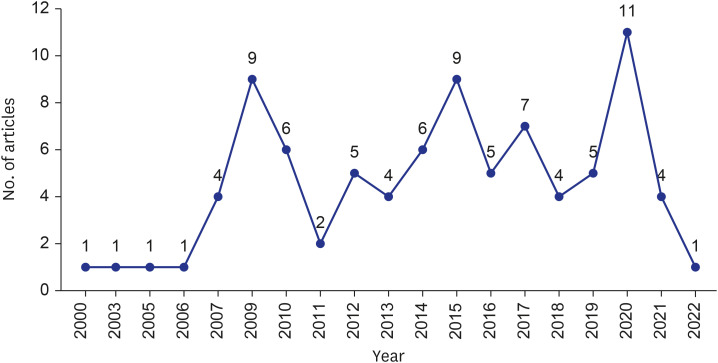
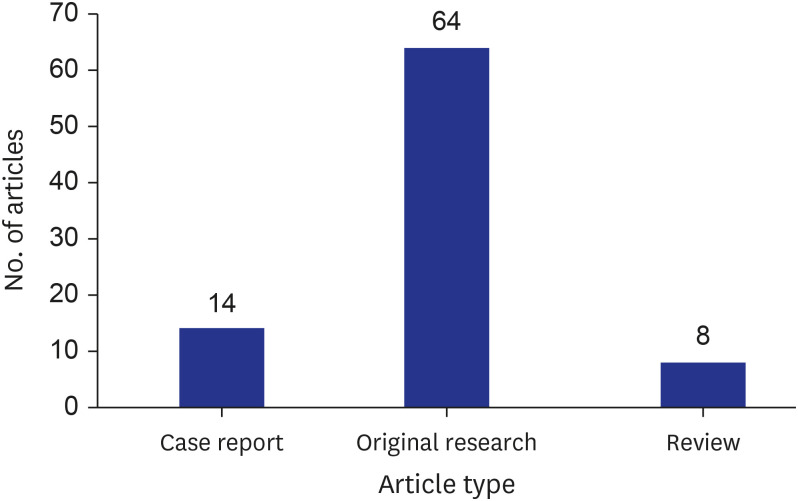
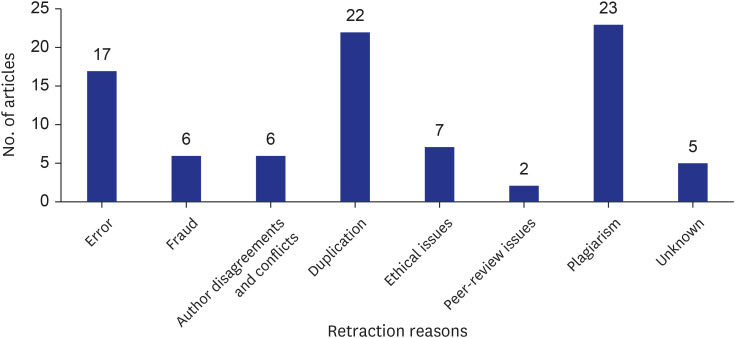
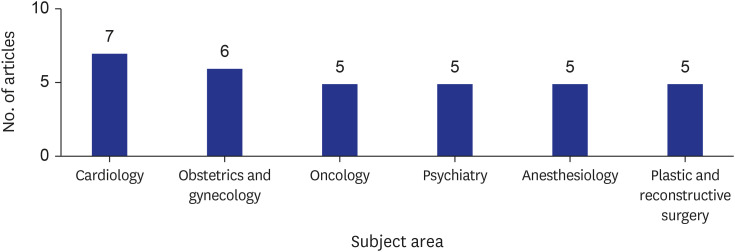
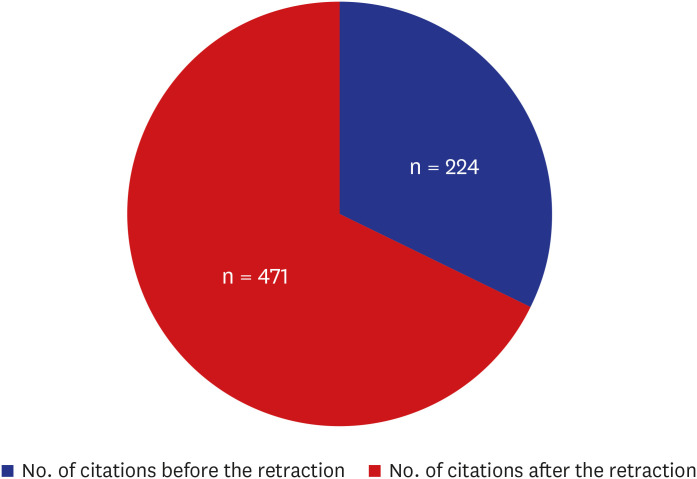
 XML Download
XML Download